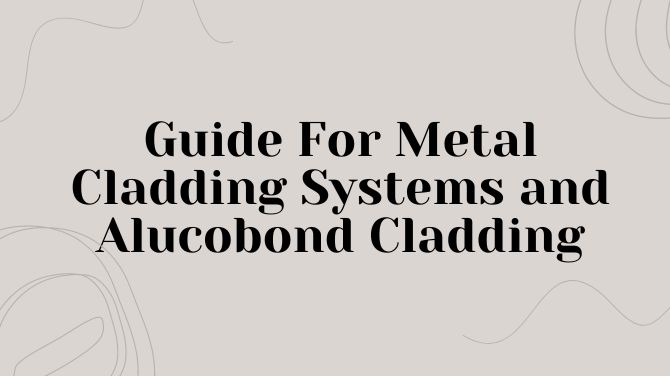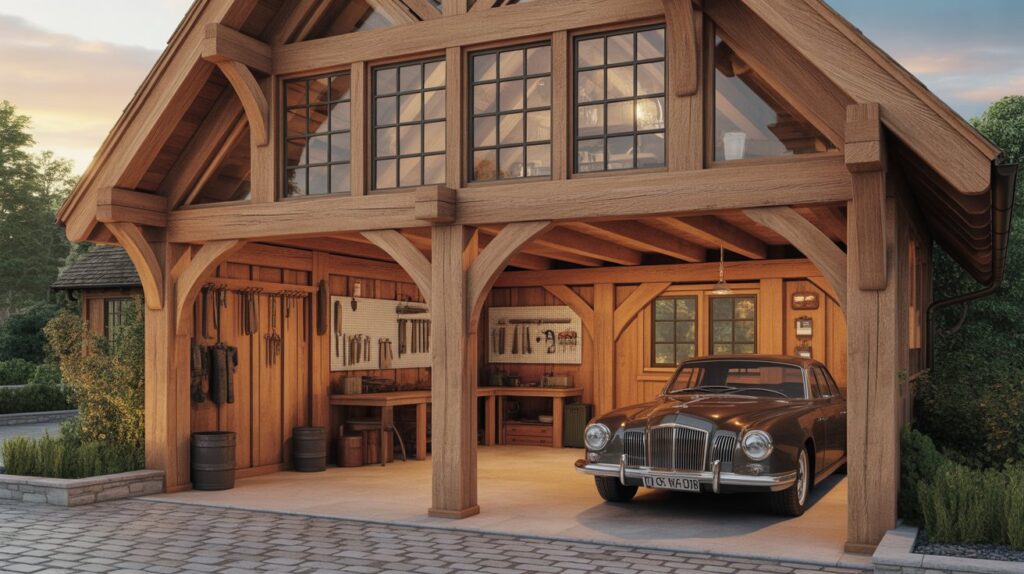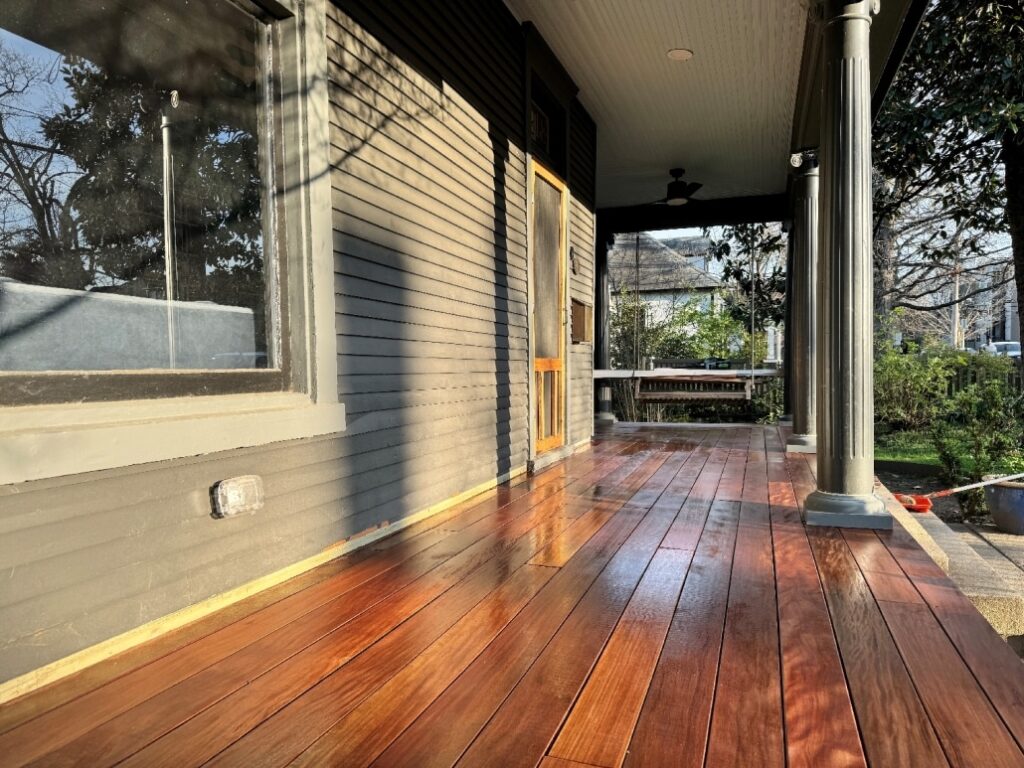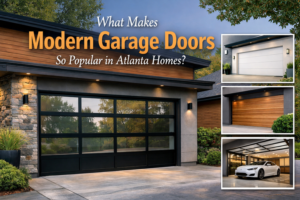Aesthetics, durability, and functionality are intertwined in contemporary construction. Cladding is a critical component that offers this mix in the building plan. Cladding alludes to applying one material over one more to give a defensive layer and work on the design’s visual allure. Among the many sorts of cladding, metal cladding systems and Alucobond cladding are the most conspicuous arrangements utilised in design and development. These materials have changed building configuration, enhancing structures.
We will exhaustively investigate metal cladding frameworks, zeroing in on Alucobond cladding, a broadly famous brand of aluminium composite material. We’ll dig into these frameworks’ advantages, applications, types, establishment strategies, and jobs in maintainable development.
Metal Cladding Frameworks: An Overview Metal cladding systems use metal materials to protect buildings’ exterior or interior surfaces. These frameworks are utilised in business and private structures for different purposes, for example, giving security from natural components, working on the structure’s style, and upgrading its warm and acoustic protection.
The metal cladding systems have filled essentially because of headways in material innovation and the requirement for more practical and challenging structure materials. Metal cladding offers a few benefits, including strength, imperviousness to fire, and life span, making it a famous decision for present-day building plans.
Advantages of Metal Cladding Frameworks
Metal cladding systems offer a few benefits, and pursuing them is a well-known decision for present-day development projects. The most important advantages include:
Durability: Metal cladding systems are rigid and can endure unforgiving ecological circumstances, including outrageous temperatures, high breezes, and weighty precipitation.
Resistance to Fire: Numerous metal cladding systems, particularly those produced using aluminium and steel, are heat-proof, giving an additional layer of security to structures.
Low Upkeep: Metal cladding is resistant to corrosion, mould, and pests, requiring little upkeep.
Flexibility in design: Metal cladding comes in different varieties and surfaces and gets done with, permitting drafters and planners to make outwardly shocking structures.
Sustainability: Metal cladding materials, like aluminium and steel, are recyclable, making them an eco-accommodating choice for maintainable development projects.
Warm and Acoustic Protection: Some metal cladding frameworks are intended to give magnificent warm and acoustic protection, further developing energy productivity and tenant solace in structures.
Alucobond Cladding: A Deep Dive Alucobond is a leading manufacturer of aluminium composite panels (ACPs) that are well-known for their high quality, long lifespan, and design adaptability. Since its presentation in 1969, Alucobond has become a go-to decision for planners and developers across the globe for a great many applications, including business veneers, signage, and inside plans.
Alucobond cladding includes two meagre aluminium sheets clung to a non-aluminum centre, commonly made of polyethylene or heat-proof material. This composite construction gives the boards remarkable strength and unbending nature while staying lightweight, making them more straightforward to deal with and introduce than solid aluminium sheets.
Uses of Alucobond Cladding
Alucobond boards are utilised in different engineering and plan applications because of their adaptability, strength, and tasteful allure. The absolute most normal applications include:
Building Veneers
Alucobond cladding is generally utilised in veneers, primarily in business and institutional structures. The boards offer a smooth and current appearance while giving incredible climate obstruction, making them ideal for outside applications. Architects can create striking designs thanks to the extensive selection of colours and finishes.
Signage
Alucobond boards are likewise well known in the signage business, where their lightweight nature and simplicity of manufacture make them an optimal material for making huge, top-notch signs. The boards can be effortlessly cut, moulded, and imprinted on, offering vast opportunities for signage plans.
Inside Plan
Notwithstanding outside applications, Alucobond boards are utilised in inside plans for wall cladding, segments, and ornamental elements. The boards’ smooth surface and various completions make them reasonable for creating current, moderate insides.
Architects, builders, and designers favour the advantages of Alucobond Cladding Alucobond cladding due to its numerous distinct advantages.
A portion of the key benefits include:
Lightweight Yet Solid: Notwithstanding its lightweight nature, Alucobond boards are solid, making them ideal for restroom and inside applications.
Significant Climate Opposition: The PVDF covering on Alucobond boards gives better obstruction than UV beams, dampness, and other natural elements, guaranteeing that the boards hold their appearance and execution for a long time.
Flexibility in design: Alucobond boards are accessible in many varieties and surfaces and complete the process, allowing planners and originators to make imaginative and outwardly staggering structures.
Fire Security: Alucobond cladding satisfies tough fire wellbeing guidelines with heat-proof centre choices, making it appropriate for use in elevated structures and different applications where fire security is fundamental.
Low Upkeep: Alucobond boards require negligible support, as they oppose erosion, form, and vermin. This diminishes the drawn-out upkeep costs and guarantees the structure remains outwardly engaging.
Sustainability: Alucobond boards are produced using recyclable materials, making them an eco-accommodating choice for reasonable development projects. The boards further develop energy effectiveness by creating the structure’s protection properties.
Establishment of Metal Cladding and Alucobond Frameworks
Introducing metal cladding and Alucobond frameworks requires accuracy and skill to guarantee the boards are appropriately gotten and adjusted. The interaction regularly includes the accompanying advances:
Substrate Arrangement: Before the cladding panels can be installed, the substrate of the building needs to be sufficiently prepared. This might include introducing an optional system or protection layer to give a steady surface to join the boards.
Board Manufacture: Alucobond boards can be cut, moulded, and framed into different sizes and shapes to fit the plan determinations. Specific instruments and gear guarantee that the boards are cut precisely.
Board Connection: Mechanical fasteners or adhesive bonding are two examples of the various fixing methods used to secure the panels to the structure. The type of cladding system and the project’s particular requirements determine the attachment method.
Fixing and Wrapping up: Sealants are applied to forestall water penetration and guarantee a climate-tight seal when the boards are set up. Trims and other finishing elements are added to give the cladding a polished appearance.
Conclusion
Metal cladding systems, explicitly Alucobond cladding, have become a foundation of present-day design and development. These materials blend feel, sturdiness, and execution, making them appropriate for different applications, from building exteriors to signage and inside plans. Alucobond’s lightweight aluminium composite boards offer planners and developers a flexible and sturdy answer for making outwardly striking and practical structures.
As the interest in reasonable and energy-proficient development materials continues, metal cladding systems and Alucobond cladding will stay at the cutting edge of advancement in the structure business. Their capacity to upgrade the presence of structures while safeguarding them from ecological components guarantees that these materials will continue to play an imperative role in the development and building plan.









